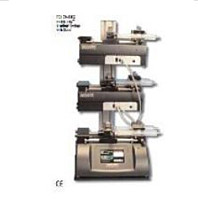Application of PepFect Peptides for the Delivery of Splice-Correcting Oligonucleotides
互联网
互联网
相关产品推荐

N_P_PA/N_P_PA蛋白Recombinant Human Natriuretic peptides A (N_P_PA)重组蛋白Atrial natriuretic factor prohormone;Atrial natriuretic peptide prohormone;Atriopeptigen ;Cardiodilatin;preproCDD-ANF蛋白
¥1836

pTH-Related Protein Splice Isoform 3 (140-173) (human)
¥220

Mixture/Dose Delivery System
¥90000

Recombinant-Drosophila-melanogaster-Tachykinin-like-peptides-receptor-99DTakr99DTachykinin-like peptides receptor 99D Alternative name(s): dTKR
¥13398

N_P_PA/N_P_PA蛋白Recombinant Human Natriuretic peptides A (N_P_PA)重组蛋白CDD-ANF (Cardiodilatin) (CDD) (Cardiodilatin-related peptide) (CDP)蛋白
¥2208

